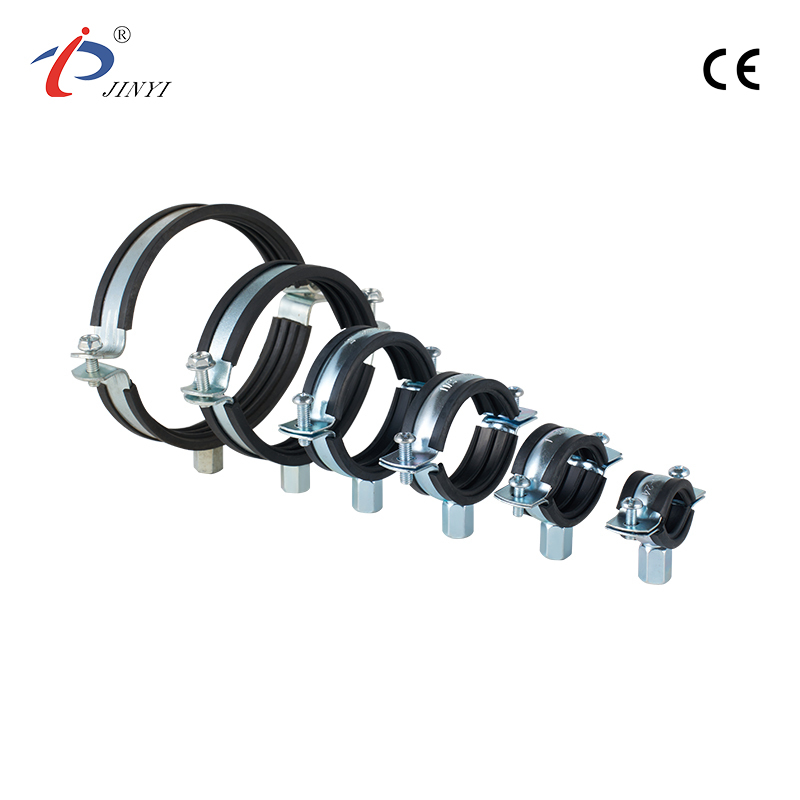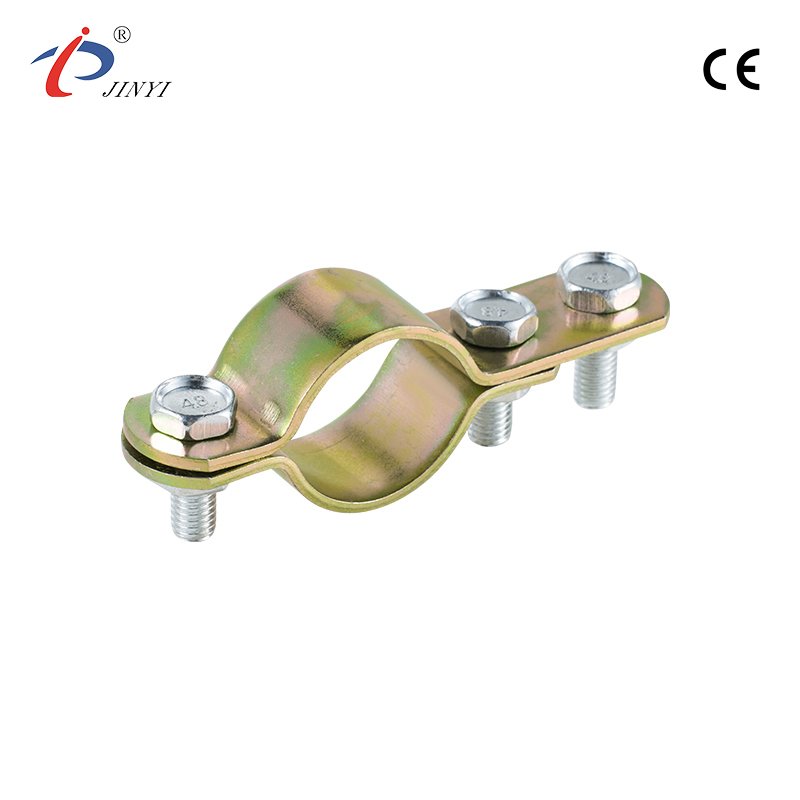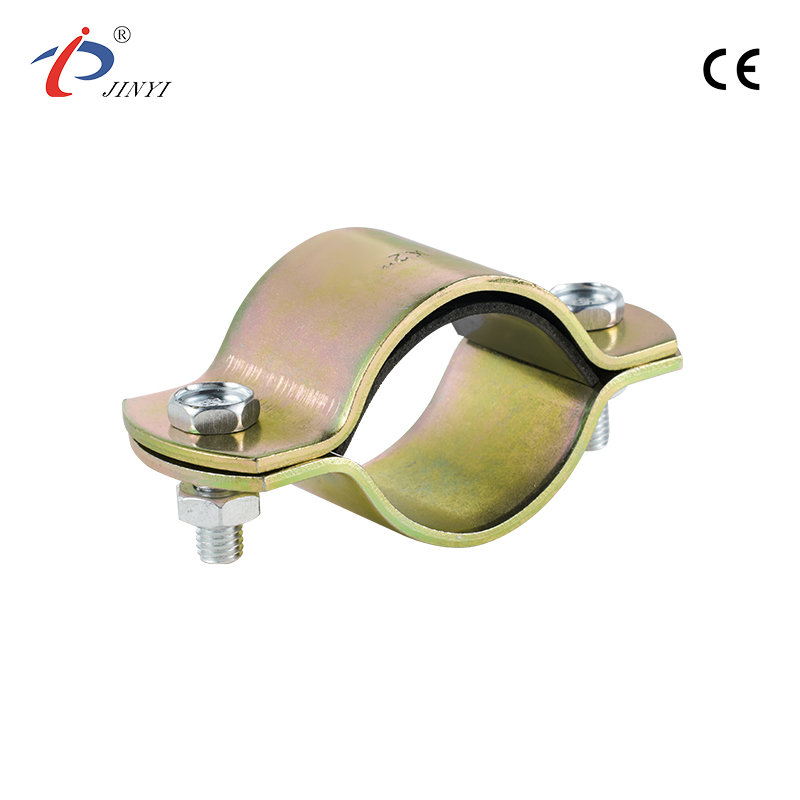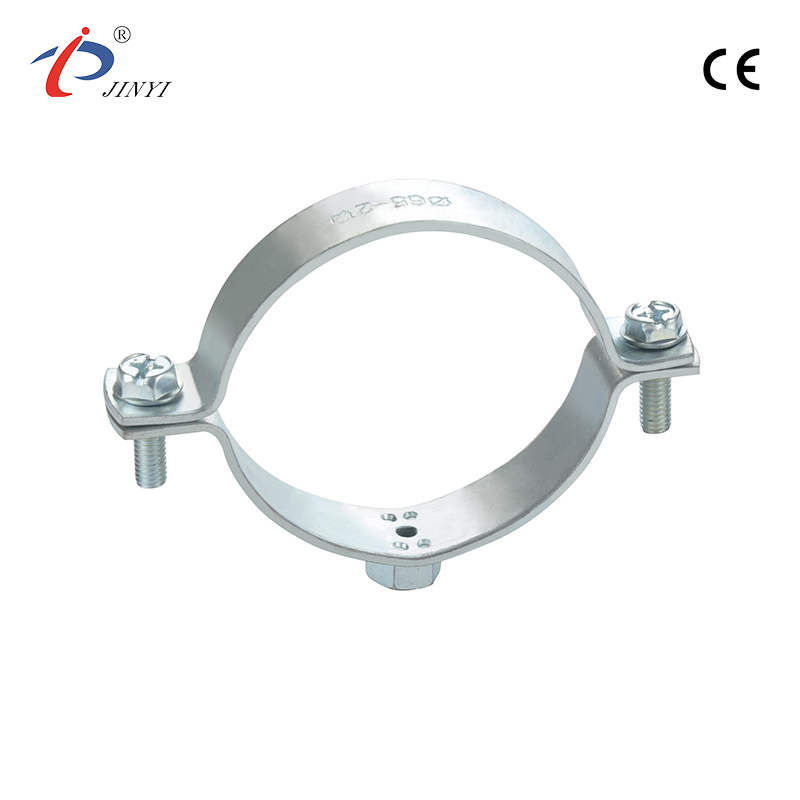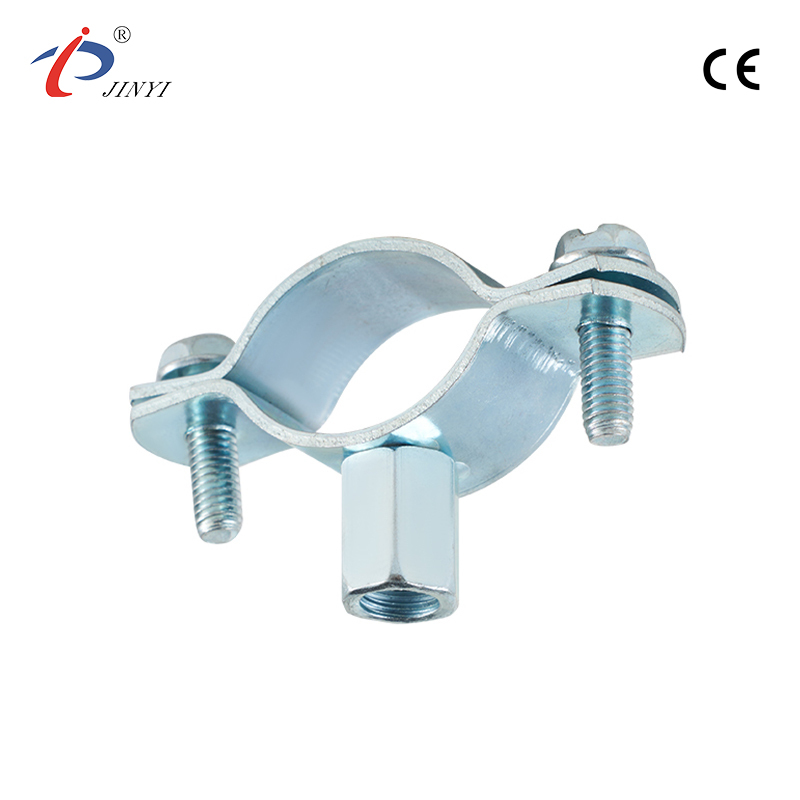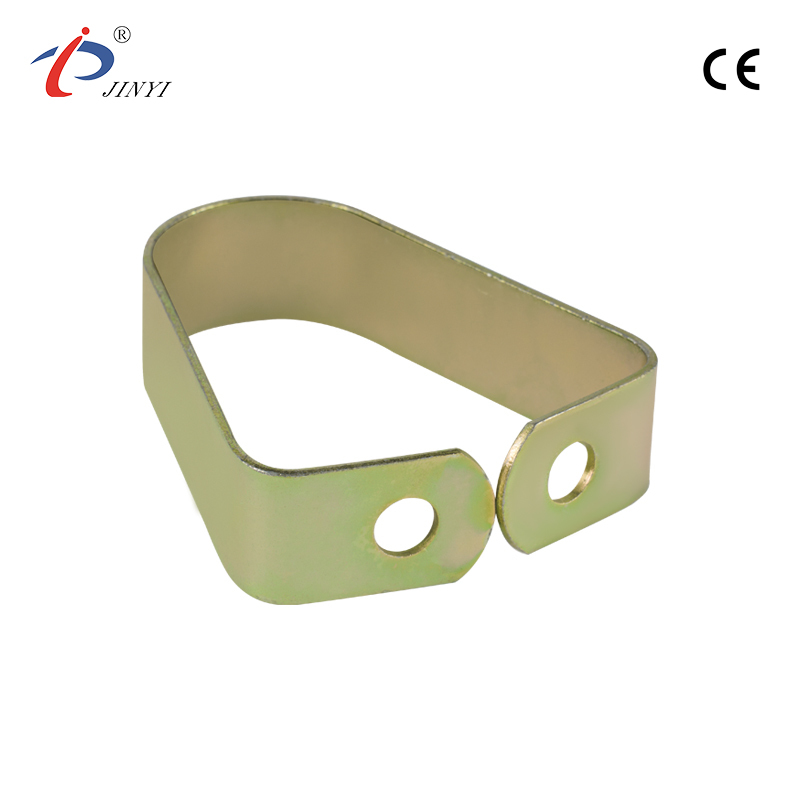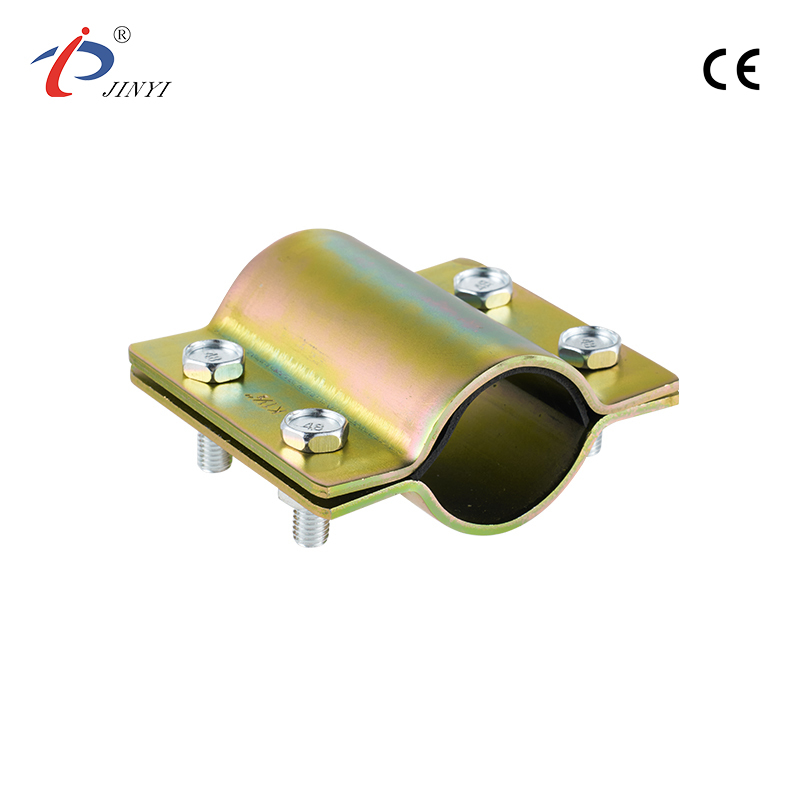How Can Proper Water Meter Bracket Installation Improve System Reliability
2025-09-29
Installing a water meter bracket correctly is essential for ensuring stability, accuracy, and durability of the entire water metering system. While brackets are often small components within plumbing infrastructure, they provide critical support that helps maintain proper alignment and minimizes unnecessary strain on pipes and meters. Understanding the right installation practices can make a significant difference in performance and long-term reliability.
Preparing the Site for Installation
Before placing the bracket, it is important to review the pipe layout and confirm that there is enough space for both the meter and the supporting hardware. The area should be cleared of debris, and the surface must be solid enough to handle the weight of the components. Proper site preparation reduces the risk of vibration, misalignment, or unexpected shifting after installation.
Positioning and Alignment
Accurate positioning plays a vital role in bracket performance. The water meter should sit firmly within the bracket without tilting or unnecessary pressure on the pipe connections. Alignment helps avoid leaks, improves ease of maintenance, and reduces wear over time. When brackets are installed in parallel or series systems, consistent spacing ensures each meter operates efficiently and can be serviced without difficulty.
Securing the Bracket
Fastening methods vary depending on the material and type of bracket used. Steel, brass, or reinforced plastic brackets may require different anchor points or mounting techniques. The key consideration is to make sure the bracket is firmly fixed to a stable base, whether on a wall, floor, or dedicated support frame. Secure attachment prevents stress on joints and protects the meter from unwanted movement during water flow fluctuations.
Considering Environmental Conditions
Water meter brackets are often exposed to varying environments, including moisture, soil contact, or direct sunlight. Choosing suitable mounting locations helps reduce the effects of corrosion or thermal expansion. For outdoor installations, protective covers or enclosures may be used to extend the lifespan of the system. For indoor sites, ensuring adequate ventilation helps maintain consistent performance.
Maintenance and Inspection Practices
Routine checks after installation are an essential part of bracket management. Inspecting the fasteners, verifying alignment, and checking for early signs of corrosion or wear allows for timely adjustments. Lubrication of moving parts, if applicable, and replacement of worn anchors ensure that the bracket continues to support the meter effectively. Preventive attention minimizes the need for unexpected repairs.
Integration with Modern Systems
As water management moves toward smart metering and connected infrastructure, brackets may need to accommodate additional devices such as sensors or wireless communication units. Ensuring that brackets provide both mechanical support and space for accessories allows for smoother integration in modern applications.
Water meter bracket installation is more than just attaching hardware; it is about ensuring long-term stability and reliability in water distribution systems. By preparing the site, aligning the components carefully, securing the structure firmly, and maintaining the system regularly, operators and property owners can support consistent operation. Incorporating awareness of environmental conditions and potential system upgrades ensures that the bracket continues to serve effectively throughout its service life.



 русский
русский  Español
Español 